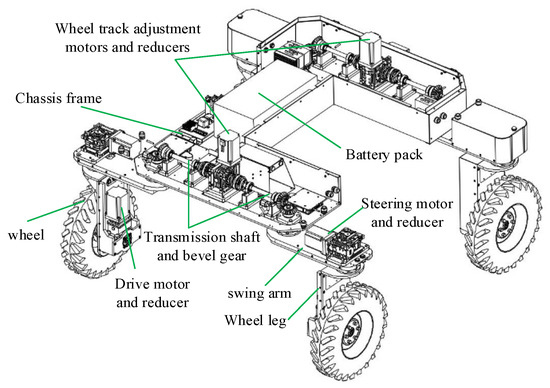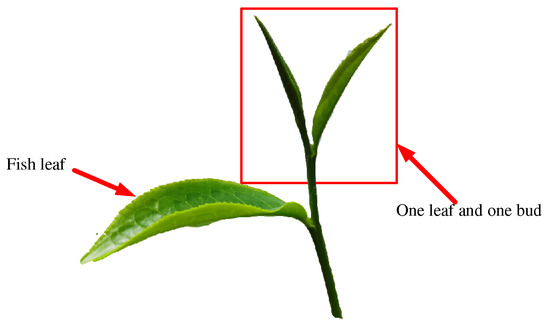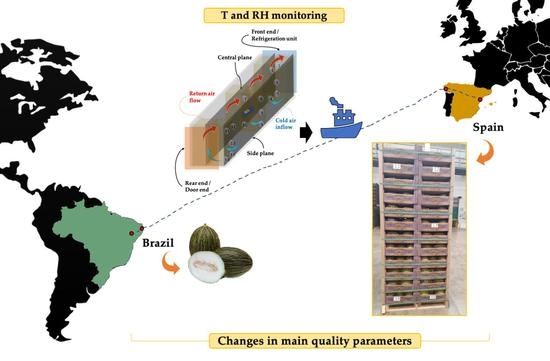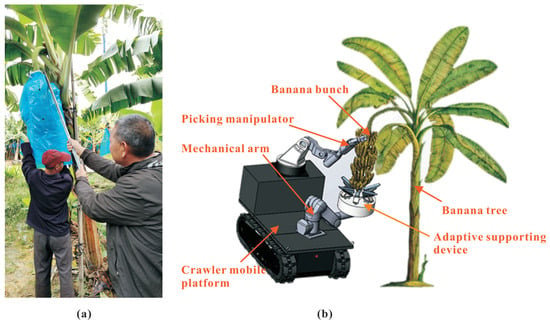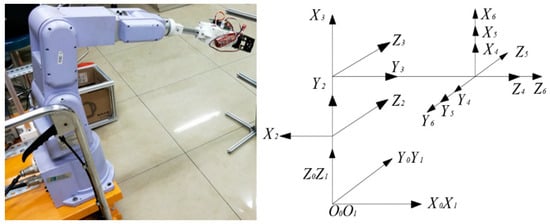Advances of Agricultural Robotics in Sustainable Agriculture 4.0
A topical collection in Agronomy (ISSN 2073-4395). This collection belongs to the section "Agricultural Biosystem and Biological Engineering".
Viewed by 29988Editors
Interests: agricultural machinery design; agricultural automation
Special Issues, Collections and Topics in MDPI journals
Interests: computer vision; field robotics; frp composites; recycled concrete; mechanical performance of steel structures; computer vision; 3d reconstruction
Special Issues, Collections and Topics in MDPI journals
Interests: machine learning; hyperspectral imaging; agricultural engineering
Special Issues, Collections and Topics in MDPI journals
Interests: agricultural robotics
Special Issues, Collections and Topics in MDPI journals
Interests: modelling; control theory; statistical learning; biosystems engineering
Special Issues, Collections and Topics in MDPI journals
Interests: agricultural robotics
Special Issues, Collections and Topics in MDPI journals
Topical Collection Information
Dear colleagues,
With the continuous development of new technologies such as intelligent robots and unmanned farms, international academic circles are paying more and more attention to the research of agricultural robots. Because the agricultural field scene is a dynamic and unstructured complex environment, many links in the current agricultural production still rely on manual operations with high labor intensity. In order to develop precision agriculture and unmanned farms, agricultural robots require a series of intelligent behavior capabilities, such as autonomous perception, cognition, autonomous path planning, flexible adaptive operation, and so on. The sensing system of an agricultural robot, the same as the five senses of a human being, is a multi-modal information sensing system based on vision, touch, hearing and taste technology, such as space environment, target position and shape. The agricultural robot computing center, like the human brain, mainly completes image recognition, scene analysis, path judgment, task planning and other tasks. The special drive and end effector of an efficient and robust robot are like human hands and feet.
The main aims of this focused section in Agronomy are to present the current state of the art in intelligent perception, behavior decision, path planning, flexible actuators for agricultural field robotics and to illustrate new results in several emerging research areas. Submissions can present theoretical and experimental aspects in these areas. The topics of interest within the scope of this focused section include, but are not limited to:
- Advanced autonomy for unmanned mechatronics systems;
- Advanced machines or robotics for precision agriculture;
- Cooperative mechatronics systems for precision agriculture;
- Soft-grasping/soft-robotics manipulators;
- Harvesting robots.
- Smart Sensors
- 3S Technologies: Remote sensing, GIS, GPS
- High-throughput Crop Phenotyping
Dr. Xiangjun Zou
Dr. Yunchan Tang
Dr. Junfeng Gao
Prof. Dr. Liang Gong
Prof. Dr. Simon van Mourik
Dr. Ya Xiong
Collection Editors
Manuscript Submission Information
Manuscripts should be submitted online at www.mdpi.com by registering and logging in to this website. Once you are registered, click here to go to the submission form. Manuscripts can be submitted until the deadline. All submissions that pass pre-check are peer-reviewed. Accepted papers will be published continuously in the journal (as soon as accepted) and will be listed together on the collection website. Research articles, review articles as well as short communications are invited. For planned papers, a title and short abstract (about 100 words) can be sent to the Editorial Office for announcement on this website.
Submitted manuscripts should not have been published previously, nor be under consideration for publication elsewhere (except conference proceedings papers). All manuscripts are thoroughly refereed through a single-blind peer-review process. A guide for authors and other relevant information for submission of manuscripts is available on the Instructions for Authors page. Agronomy is an international peer-reviewed open access monthly journal published by MDPI.
Please visit the Instructions for Authors page before submitting a manuscript. The Article Processing Charge (APC) for publication in this open access journal is 2600 CHF (Swiss Francs). Submitted papers should be well formatted and use good English. Authors may use MDPI's English editing service prior to publication or during author revisions.
Keywords
- machine vision
- precision agriculture
- harvesting robot
- field perception
- path planning
- SLAM












